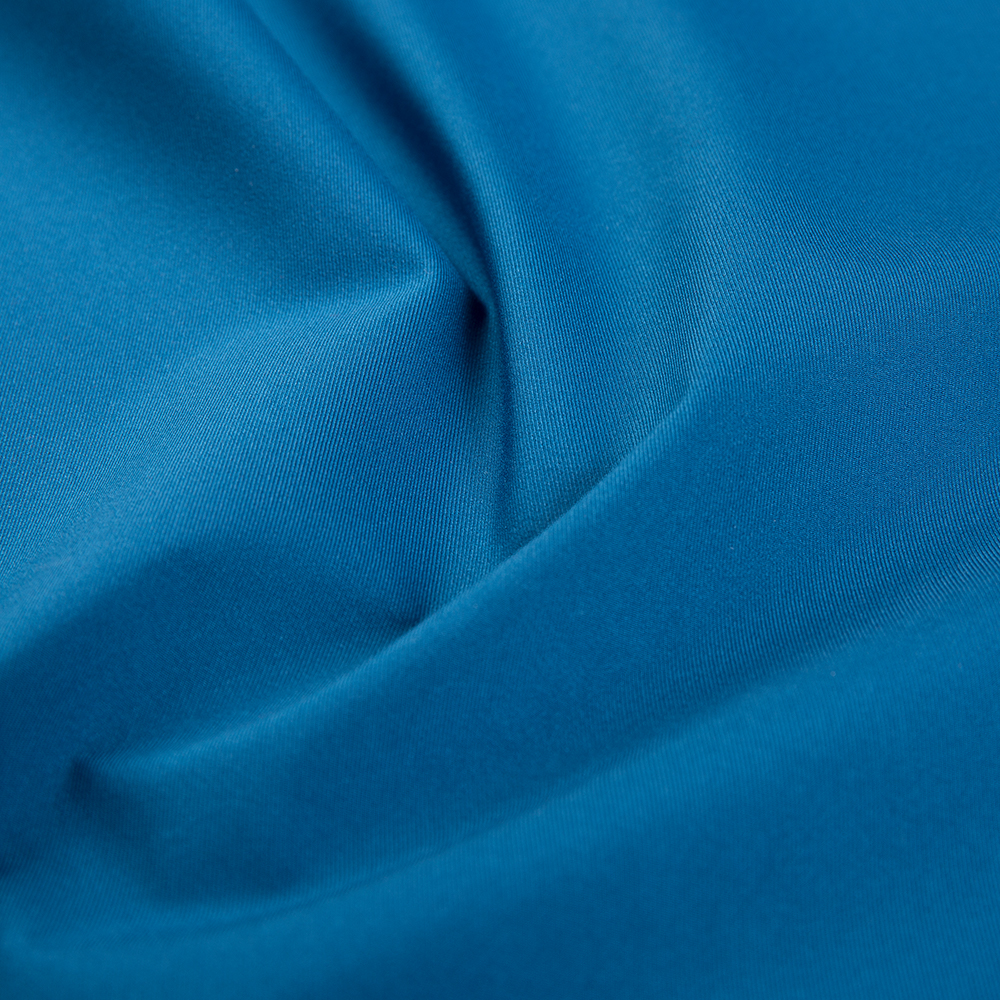TPU laminated fabrics generally offer advantages over PVC and PU laminated fabrics regarding environmental impact and recyclability, though each material has its own characteristics and challenges. Here’s a detailed comparison:
1. Environmental Impact
TPU (Thermoplastic Polyurethane):
-
TPU is considered more environmentally friendly than PVC because it is free from chlorine and does not release harmful dioxins during production or disposal.
-
TPU production typically involves fewer toxic additives and plasticizers compared to PVC, reducing hazardous emissions and potential health risks.
-
TPU films tend to be more energy-efficient to produce and require less harmful solvents or chemicals.
-
TPU’s chemical composition allows for a better balance of flexibility, durability, and lower environmental toxicity.
-
However, TPU is still a synthetic polymer derived from petrochemicals, so its environmental footprint depends on factors like raw material sourcing and manufacturing processes.
PVC (Polyvinyl Chloride):
-
PVC contains chlorine, which raises concerns about dioxin formation during manufacturing and incineration, substances linked to environmental pollution and health hazards.
-
PVC often requires plasticizers (like phthalates), which can be harmful and leach out over time.
-
The production and disposal of PVC fabrics generally generate more toxic waste and environmental contaminants compared to TPU.
-
PVC’s environmental footprint has led to increasing regulatory restrictions in many regions.
PU (Polyurethane):
-
PU laminated fabrics typically have fewer environmental concerns than PVC but more than TPU, depending on the type of PU and additives used.
-
PU can release volatile organic compounds (VOCs) during production and use, which affect air quality.
-
PU is somewhat more biodegradable than PVC but still derived mainly from fossil fuels, making sustainability a challenge.
-
Some PU formulations incorporate bio-based components, improving their environmental profile.

2. Recyclability
TPU:
-
TPU is fully thermoplastic, meaning it can be melted and reprocessed multiple times without significant degradation of properties.
-
This thermoplastic nature makes TPU laminated fabrics more recyclable compared to thermoset or chemically crosslinked materials.
-
TPU recycling processes exist but are not yet widespread in textile industries, partly due to challenges in separating TPU layers from composite fabrics.
-
Advances in recycling technologies and collection systems are improving TPU recyclability potential.
PVC:
-
PVC is less recyclable, primarily because of the additives and plasticizers that complicate processing.
-
The chlorine content requires careful handling during recycling to prevent release of hazardous gases.
-
Recycling PVC laminated fabrics often involves mechanical recycling with downcycling or incineration with energy recovery rather than closed-loop recycling.
-
Due to environmental concerns, PVC is increasingly being phased out in some sectors.
PU:
-
PU laminated fabrics are partially recyclable but more challenging than TPU because of chemical crosslinking in many PU formulations.
-
Mechanical recycling is limited, and chemical recycling methods are complex and costly.
-
The recyclability depends heavily on the specific PU chemistry and the ability to separate layers in composite fabrics.
-
TPU laminated fabrics have a comparatively lower environmental impact and better recyclability potential due to their chlorine-free composition and thermoplastic nature.
-
PVC laminated fabrics present significant environmental and recycling challenges due to chlorine content, plasticizers, and toxic emissions.
-
PU laminated fabrics sit between TPU and PVC, with moderate environmental concerns and more limited recyclability depending on formulation.
While TPU currently offers a more sustainable option for laminated fabrics, expanding recycling infrastructure and innovations in bio-based TPU materials could further improve its environmental benefits. Conversely, regulatory and market pressures are reducing PVC use in favor of more eco-friendly alternatives like TPU.











